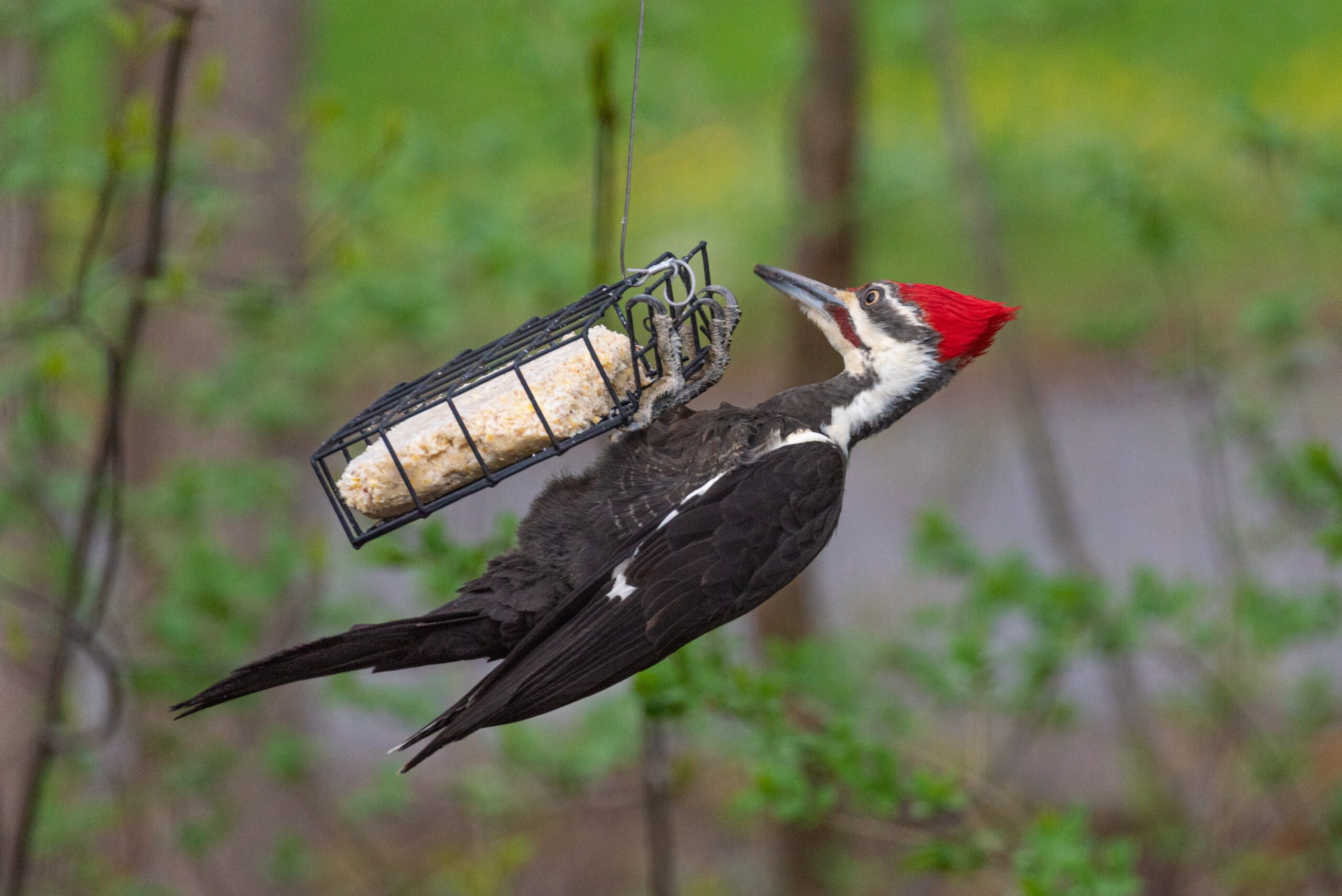By Kristin Winters, HLT Land Steward
Anyone who visited HLT’s Quakertown Preserve earlier this summer may have wondered why an unusually loud burglar alarm was sounding in the woods. A quick walk along the trail would have revealed the source. It was no burglar – just a massive crowd of noisy, busy cicadas!
While some areas of Hunterdon County were quiet, others heralded the arrival of the regionally famous Brood X (Roman numeral 10) cicadas. Brood X is one of the largest groups of periodical cicadas in the world. They emerge in 15 states, with concentrations in the Mid-Atlantic region, Indiana, Ohio and Tennessee.
While there are more than 3,000 species of cicadas on the planet, periodical cicadas reside in the eastern U.S.; the broods emerge in different years, and their ranges fit together across the region like a jigsaw puzzle. Annual broods ensure that there are always cicadas around, typically in the latter half of the summer. Our local annual cicadas are Neotibicen canicularis.
—-
Periodical Cicadas |
Annual Cicadas |
Emerge after 13 to 17 years |
Emerge after two to five years |
Black and reddish-orange in color |
Black, green and white in color |
Larger in size |
Smaller in size |




